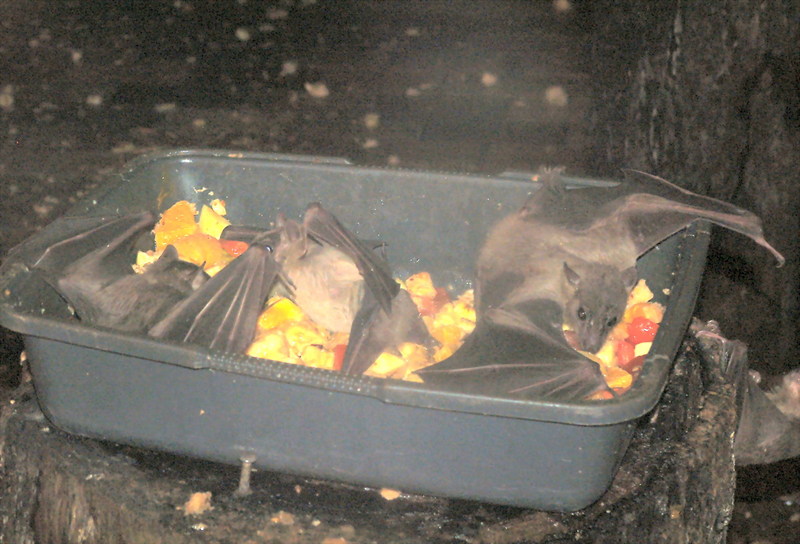|
| 질의: Northern bat | 결과: 44번째/76 | |
Egyptian Fruit Bat (Rousettus aegyptiacus) [이집트과일박쥐]
| 제목: | Egyptian Fruit Bat (Rousettus aegyptiacus) [이집트과일박쥐]
| |

| 해상도: 1930x1312
파일크기: 545987 Bytes
촬영일: 2006:01:20 20:30:54
등록시간: 2006:01:20 20:35:40
|
alt.binaries.pictures.animals
Egyptian Fruit Bat or Egyptian Rousette (Rousettus aegyptiacus) is a species of Old World fruit bat found throughout Africa, except in the desert regions of the Sahara, and throughout the Middle east, as far east as Pakistan and northern India.
|
댓글 |
|---|
| | 손님 |
|
Scientific Name: Rousettus aegyptiacus (E. Geoffroy, 1810)
Common Names: Egyptian Fruit Bat, Egyptian Rousette
Synonyms: Rousettus egyptiacus (É. Geoffroy, 1810) |
^o^
동물그림창고 똑똑전화 누리집
^o^
|
|
|